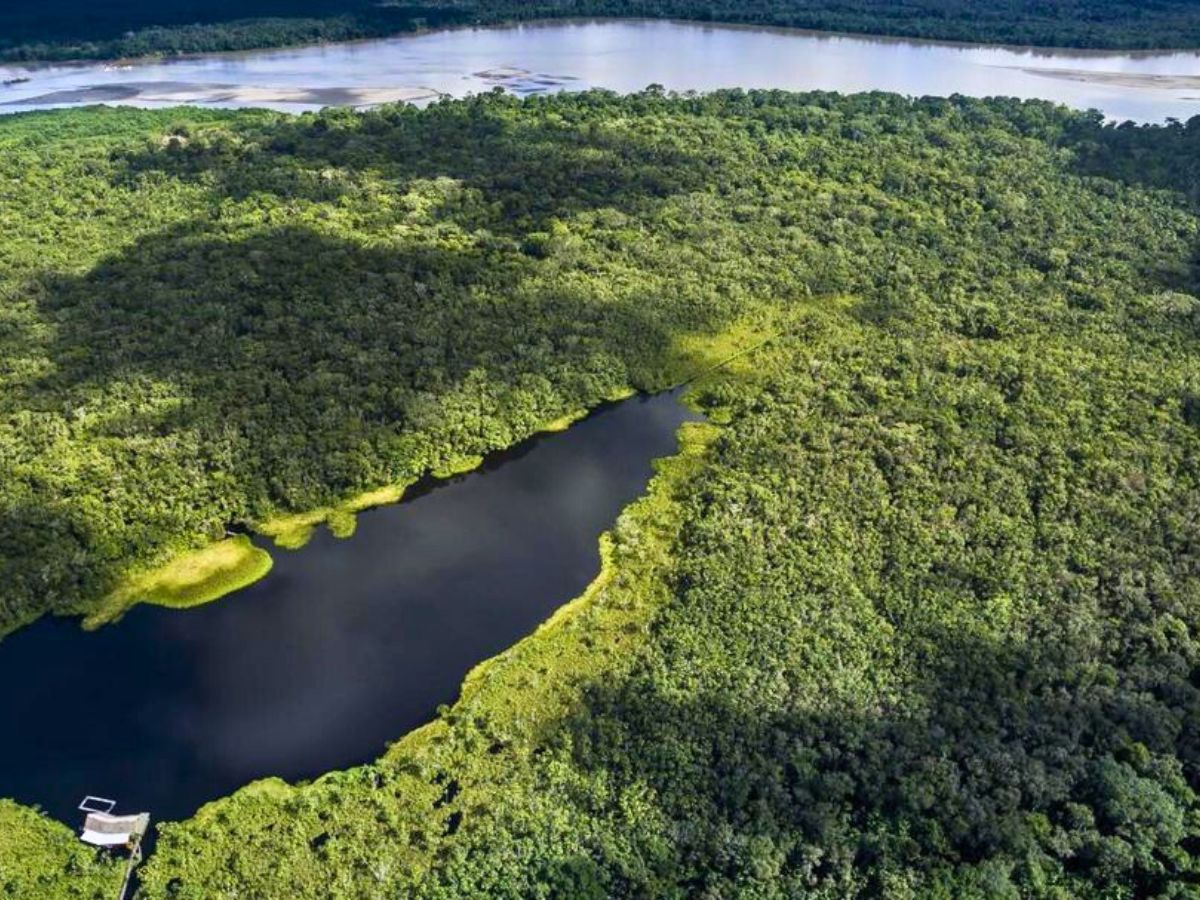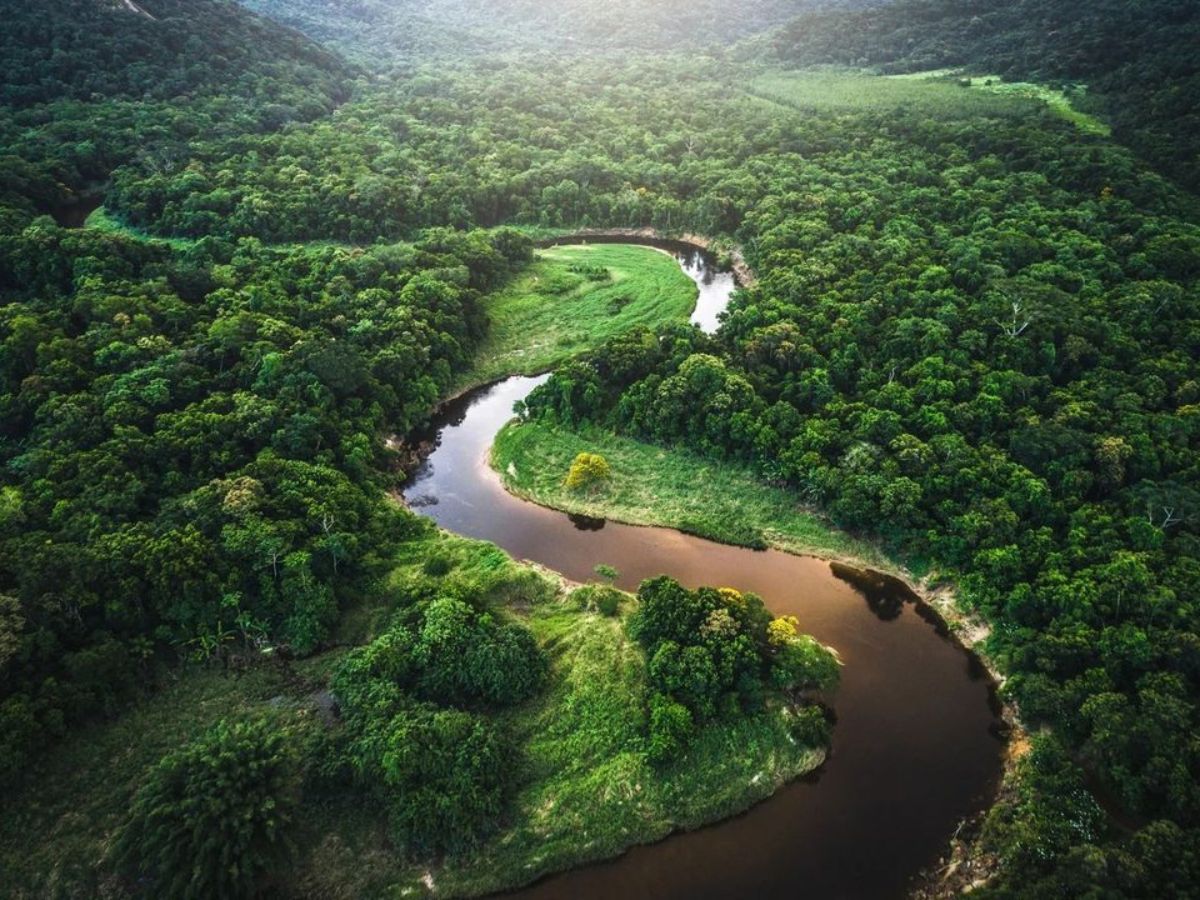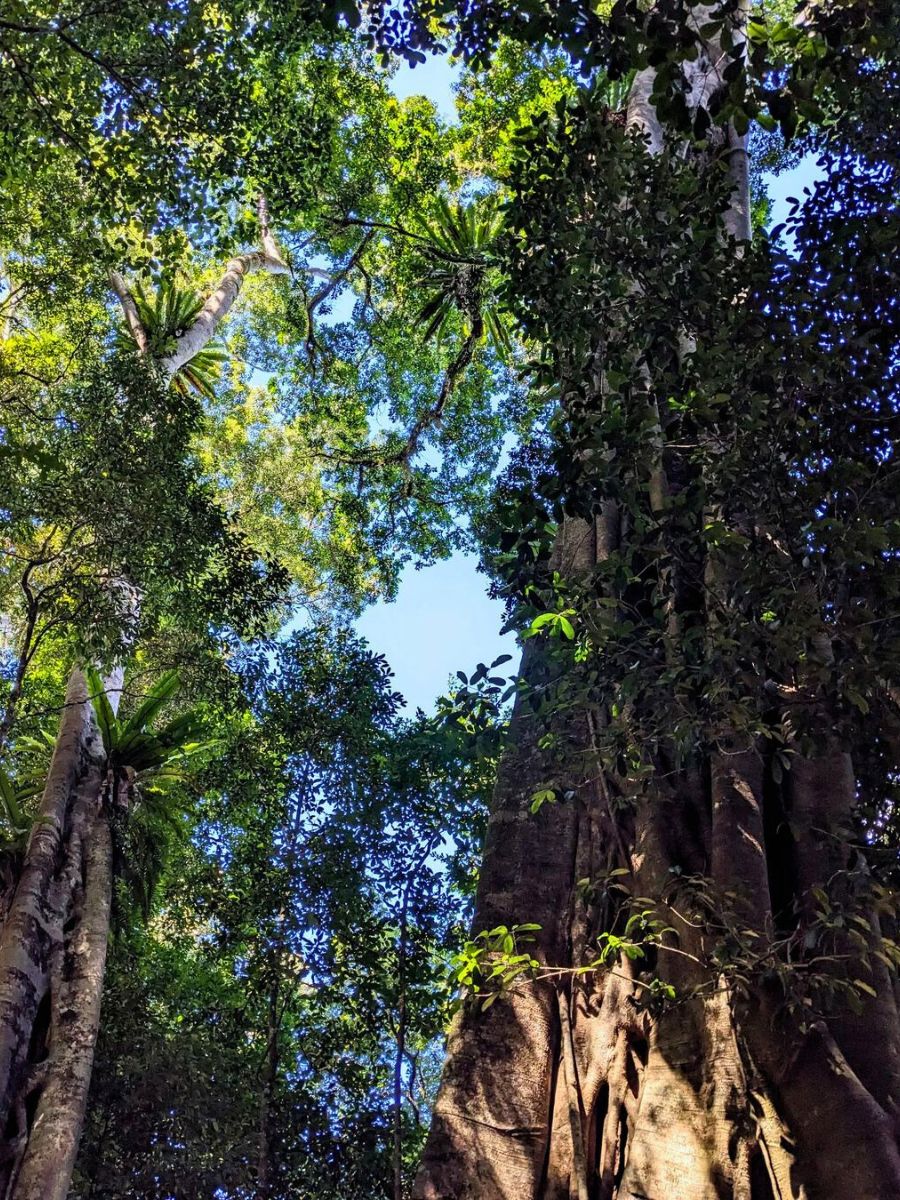A new global estimate of tree diversity suggests that there are thousands of undiscovered species, many of which will be rare and vulnerable to extinction. According to scientific researchers, the Earth contains many more types of trees than previously thought, with thousands of species yet to be discovered in South America alone.
9,200 More Tree Species on the Planet Than We Thought
Peter Reich of the University of Minnesota and his colleagues discovered that the planet's 3 trillion trees belong to an estimated 73,300 species, up more than 14% from the number identified by scientists to date. The increase is due to an estimated 9,200 additional undiscovered species, many of which are rare.

Photo: @sachalodge
Reich says:
"It's a celebration of life: everyone loves trees. At the same time, it's raising this emergency warning, that there's a lot we don't already know and a lot of undiscovered species are threatened and vulnerable because they're rare."
According to co-author Jingjing Liang of Purdue University in Indiana, the figure also serves as a yardstick for determining whether species will be lost in the future. The discovery that South America is home to many of the undiscovered species is not surprising, given that Amazonia in Brazil is vast and extremely biodiverse, with few field surveys conducted in the area, according to Reich. However, ongoing deforestation, which reached a 10-year high in Brazil last year, may endanger many species before they are formally described by researchers.

South America is Home to Some of the Rarest and Most Unique Species of Trees
South America is also the continent with the most rare species. Less common trees are more vulnerable to extinction due to natural disasters or human-caused land use changes, and they are less likely to adapt to climate change. Rare species are especially vulnerable, and their extinction will have far-reaching consequences for ecosystems.

Reich believes the global estimate of 73,300 tree species is a few thousand too low, because there are many parts of the world with virtually no reliable tree data, even at the 100-kilometer square scale. According to Liang, the main source of uncertainty in the global tally is a lack of field surveys in the tropics.

Photo: @airbnb
So why is it important that we know how many species exist? According to Reich, diversity is critical to forests' ability to continue to provide resources and other services, such as slowing climate change and mitigating flooding, as well as providing timber and habitat for other flora and fauna, so conserving them will be critical.

Emily Beech of the Botanical Conservation International, a plant conservation charity based in London expresses:
"I am not surprised the number of undescribed is estimated at 9,200, because 2,000 new plant species are described every year, including many tree species. Many areas are poorly known so could well hold that many species. It matters because unless things are named, it makes it difficult to conserve the species."

According to researchers, the 9,200 new tree species is a humbling reminder that there’s so much we as humans still have to learn, and so much wonder left to discover in our world. The earth is an extraordinary place we inhabit.










